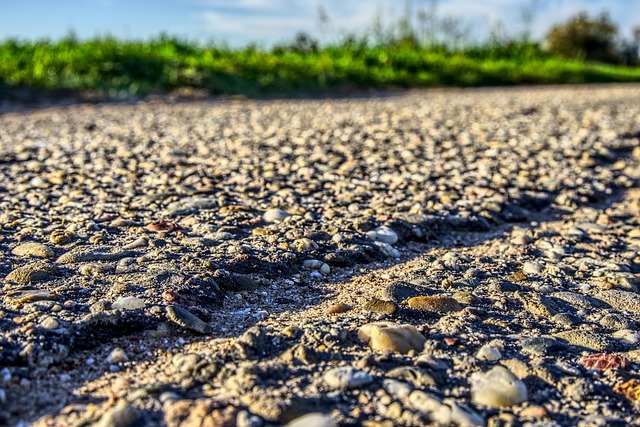The world we know is undergoing profound transformations, due largely to the cycles of extreme weather events that have grown increasingly frequent and severe. These cycles manifest in relentless storms, crippling droughts, blistering heatwaves, and rising sea levels, each one leaving an indelible mark on our environment and forcing a reevaluation of climate change strategies.
In recent years, it’s become clear that the patterns governing our weather are shifting. Traditional weather cycles, which once dictated the predictability of seasons and natural phenomena, have been disrupted by the escalating pace of climate change. Unusual weather patterns affect agriculture, affecting not only crop yields but also the livelihoods of farmers who have relied on predictable cycles for generations. Communities are left grappling with the aftermath of extreme floods, where once fertile lands become submerged or salt-affected, challenging our ability to sustain the food supply needed for a growing population.
These cycles are not just mere inconveniences; they are indicative of a larger narrative about the environment’s health. Rising temperatures alter ecosystems, leading to shifting habitats for countless species. Wildlife is facing unprecedented challenges, as their migratory patterns, breeding seasons, and food availability are all thrown into disarray. The delicate balance of nature is being upset, and the cycles of natural selection are being accelerated, creating a reality where adaptation may not happen quickly enough for many species to survive.
As we witness these environmental impacts, it becomes increasingly evident that we must adapt our approaches to climate change. Traditional models of predicting weather are no longer sufficient in the face of extreme cycles that defy historical trends. We must embrace new technologies and methodologies that allow us to forecast future conditions more accurately, emphasizing resilience rather than mere survival. This means investing in sustainable practices, such as employing advanced irrigation techniques, developing drought-resistant crops, and enhancing urban planning to mitigate flood risks.
Moreover, community engagement is critical. People need to understand how their local environments are tied into the larger cycles of global climate change. By fostering a sense of stewardship towards the environment, we empower individuals to take actionable steps—whether it’s participating in local conservation efforts, reducing their carbon footprint, or advocating for policies that promote sustainability.
One of the most pressing challenges is communicating the urgency of this situation. It’s easy to dismiss extreme weather events as isolated incidents, but they are far from trivial. When a community experiences a devastating wildfire or a once-in-a-century hurricane, it’s a stark reminder that our climate is in crisis. Each event adds to the growing body of evidence supporting the reality of climate change and the urgent need for action. We must acknowledge that these cycles don’t just influence localized environments; they threaten global stability.
Ultimately, the impact of extreme weather cycles on our environment is profound. The relationship between these cycles and climate change is complex and multifaceted, yet they are inextricably linked. By understanding this connection, we can begin to craft more effective interventions that address not just the symptoms of climate change, but the underlying challenges posed by extreme weather patterns. As we navigate this evolving landscape, it is crucial to remember that the changes we make today will define the legacy we leave for future generations. The time to act is now, and our response to the cycles affecting our planet will shape the world to come.




